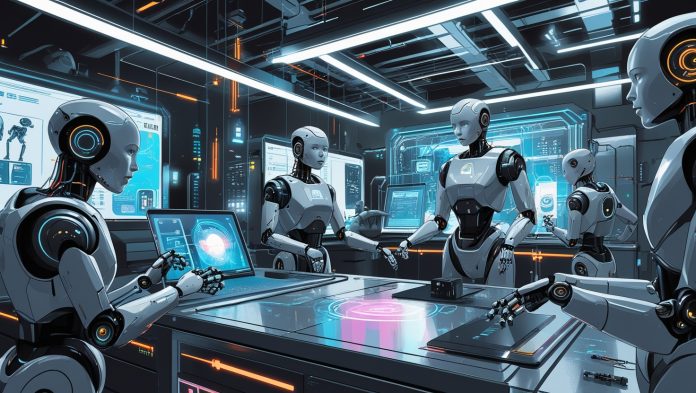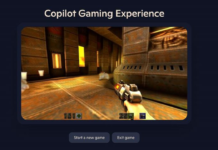Nvidia has unveiled its latest innovation, Cosmos, a family of foundational AI models designed to teach humanoid robots, industrial machines, and autonomous vehicles to navigate and interact with the physical world. Unlike language models that generate text, Cosmos focuses on creating images and 3D simulations, enabling AI to understand and replicate human movement and object manipulation.
Announced by CEO Jensen Huang during the CES conference in Las Vegas, Cosmos was trained on an astonishing 20 million hours of real-world footage, capturing humans walking, moving their hands, and handling objects. Huang emphasized that Cosmos is not about generating creative content but about enabling AI to comprehend and interact with the physical environment. This approach is a significant leap forward in AI, bridging the gap between virtual learning environments and real-world application.
Cosmos is designed to simulate realistic scenarios that humanoid robots and machines might encounter. This capability is essential for training robots to perform complex tasks like warehouse logistics, assembly-line operations, and autonomous navigation. By generating synthetic training data in the form of images and 3D models, Cosmos provides robots with a virtual playground to learn and perfect their abilities before deployment in real-world settings. Companies like Agility Robotics, Figure AI, Uber, Waabi, and Wayve have already adopted Cosmos to train their next-generation humanoids and autonomous systems. These businesses aim to leverage Nvidia’s powerful AI models to accelerate the development of smarter, safer, and more capable robots.
Complementing Cosmos, Nvidia introduced an upgraded version of its Isaac robot simulation platform. The Isaac platform now includes software tools to help robots learn new tasks more efficiently. For example, robot developers can demonstrate a task, such as grasping a specific object, and the platform will generate vast amounts of synthetic training data to teach the robot how to replicate that action. This approach significantly reduces the time and cost associated with training robots while improving their adaptability to new environments. The Isaac platform, paired with Cosmos, positions Nvidia as a leader in robotics innovation, empowering companies to build robots that can handle increasingly complex challenges.
During the CES keynote, Huang was joined by life-sized images of 14 humanoid robots, representing some of the industry’s most advanced projects. These robots, developed by leading companies like Tesla, Boston Dynamics, Agility Robotics, and Figure AI, highlight the growing potential of humanoid technology. Nvidia’s Cosmos and Isaac are critical tools for these innovators, offering the foundation needed to create robots that can seamlessly integrate into human-centric environments.
In addition to Cosmos, Nvidia announced another groundbreaking product: Project Digits, a $3,000 personal AI supercomputer. This device allows users to run large language models with up to 200 billion parameters without relying on cloud services from providers like AWS or Microsoft. Project Digits is a game-changer for researchers, developers, and organizations seeking greater control and cost efficiency in their AI projects. Nvidia also revealed its next-generation RTX Blackwell GPUs, a highly anticipated leap forward in graphics and computing technology. These GPUs, combined with new software tools for building AI agents, further solidify Nvidia’s dominance in the AI and robotics space.
Nvidia’s announcements at CES signal a bold vision for the future of robotics and AI. With Cosmos, Isaac, and Project Digits, the company is creating a comprehensive ecosystem for training and deploying robots that can interact with the physical world in ways previously thought impossible. From humanoid robots in manufacturing to autonomous vehicles navigating busy streets, Nvidia’s technology is poised to redefine what machines can do. As businesses adopt these tools, the line between science fiction and reality continues to blur. Nvidia’s innovations are not just advancing technology they are shaping the future of industries that rely on automation, robotics, and AI.












